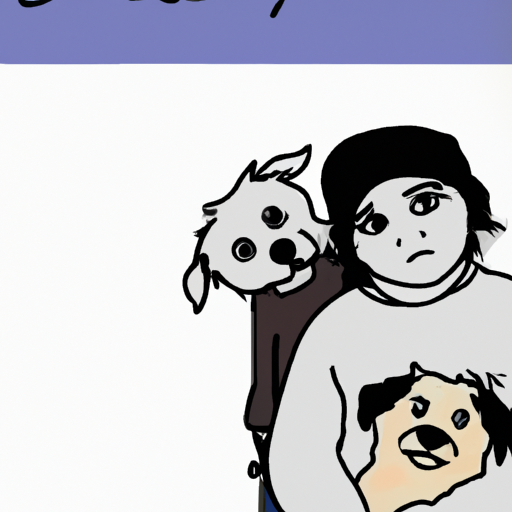As a caregiver, you have an intimate understanding of the compassionate and challenging decisions often required in the course of caregiving. One such decision that many pet owners grapple with is related to the life and wellbeing of their beloved dog. Many wonder, “Why are dogs put down?”
1. Understanding Euthanasia
The act of putting a dog down, also known as euthanasia, is a decision that pet owners make under certain circumstances. Euthanasia comes from the Greek words “eu” and “thanatos,” meaning “good death.” It’s intended to provide a peaceful, painless, and dignified death to animals that are suffering.
The process involves a lethal injection administered by a veterinarian, rendering the dog unconscious and then stopping the heart. It’s designed to be as painless as possible for the animal, but it’s often emotionally painful for the owner.
2. Reasons for Euthanasia
Several factors can lead to the decision of euthanasia. While not a comprehensive list, these are some common reasons:
- Severe Illness: Diseases like cancer, heart disease, or kidney failure, which significantly affect a dog’s quality of life, may lead to this decision.
- Old Age & Related Complications: As dogs age, they can develop a variety of health problems, some of which may be too severe or painful to manage.
- Aggression: Sometimes, a dog may be too aggressive or dangerous to manage, and all attempts at training and behavior modification have failed.
- Extreme Anxiety or Stress: Some dogs have severe phobias or anxiety that affects their quality of life and cannot be managed even with medication or training.
- Economic Factors: In some cases, the cost of treating a dog’s illness or condition may be too high for the owner to afford.
3. Ethical Considerations
As a caregiver, you know the importance of making decisions that prioritize the care recipient’s best interest. Euthanizing a dog is an ethical decision, and it’s crucial to consider the dog’s quality of life.
Veterinarians often use a quality of life scale, or HHHHHMM Scale, to assess a pet’s condition. The scale considers:
- Hurt
- Hunger
- Hydration
- Hygiene
- Happiness
- Mobility
- More good days than bad
A dog scoring low on these parameters might be considered for euthanasia.
4. The Process of Euthanasia
Understanding what to expect can help you better prepare for this difficult event.
- Consultation: The veterinarian will discuss the dog’s health condition, prognosis, and quality of life.
- Decision Making: Based on the consultation, you decide whether to proceed with euthanasia.
- Preparation: The dog is made comfortable. Sedatives may be given to help the dog relax.
- Administration: The veterinarian administers the euthanasia solution, usually a barbiturate.
- Aftercare: You can decide on burial or cremation for your pet.
5. Coping with the Loss
Grieving the loss of a pet is a personal journey and everyone’s experience is unique. Here are a few strategies that may help:
- Allow yourself time to grieve.
- Seek out support from friends, family, or a pet loss support group.
- Memorialize your pet in a way that helps you remember the happy times.
FAQ
1. How do I know it’s time to euthanize my dog?
The decision is personal and should be based on your dog’s quality of life. Consult with a veterinarian who can help guide the decision.
2. Is euthanasia painful for my dog?
The euthanasia process is designed to be as painless as possible for your pet.
3. How can I cope with the loss?
Everyone copes differently. It’s important to give yourself time to grieve and seek out support if you need it.
4. Can I stay with my dog during euthanasia?
Yes, most veterinarians will allow you to be present during the procedure if you choose to be.
5. Are there alternatives to euthanasia?
Depending on the dog’s condition, there may be treatment or management options available. Discuss these with your vet.
Remember, as a caregiver, your ultimate responsibility is ensuring the best possible care for those under your nurture. This includes making tough decisions, like euthanasia for your pet. As heart-wrenching as it may be, your love and compassion guide you to make the most humane decisions for your pet’s wellbeing.



